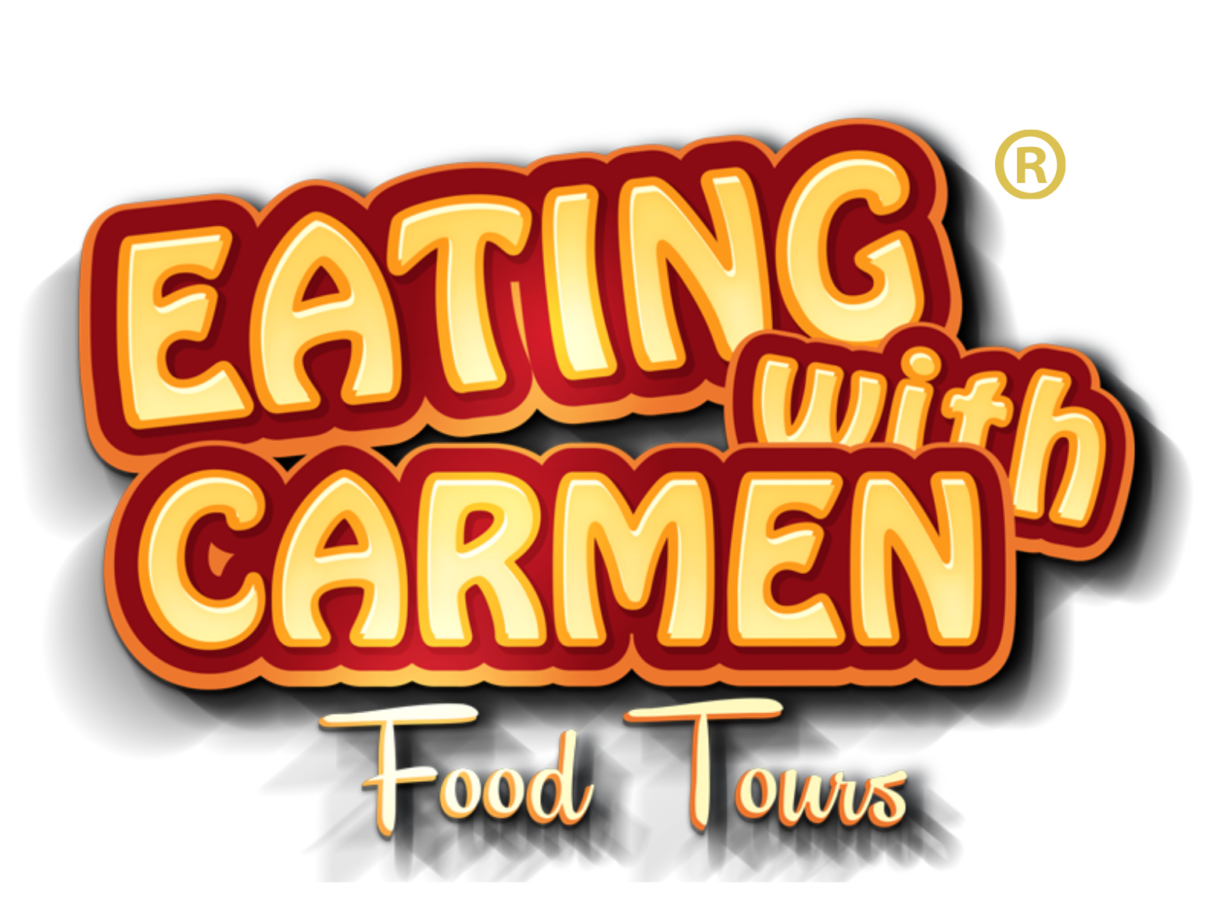
Chocolate, we know we like it, but how is it made, where does it come from?
In order to understand how we can delight ourselves with a chocolate bar or a hot chocolate drink, we will have to take a trip back in time, a journey through the history of cacao, 4,000-years ago.
According to some legends, in ancient Mesoamerica, now Mexico, the god Quetzalcoatl, gave the cacao tree to one of the earliest civilizations in Latin America, The Olmecs, who drank their cacao during rituals and used it as medicine.
Centuries later, the Mayans called chocolate “the drink of the gods”. Mayan chocolate was a brew made of roasted and ground cacao seeds mixed with chiles, water, and cornmeal. Mayans poured this mixture from one pot to another, creating a thick foamy beverage called “xocolatl”, meaning “bitter water.”
By the 15th century, the Aztecs used cacao beans as exchange currency.
The Spanish conquerors found tables of equivalences between some products and the number of cocoa beans, for example, ten beans were equivalent to a hare, or a hundred beans allowed the purchase of a slave.
Cacao was often served as a tribute payment during pre-Hispanic times, drank as a refreshing beverage, an aphrodisiac, and even to prepare for war.
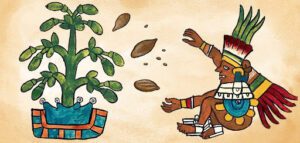
ANCIENT RECIPES
Among the ancient habitants of all Mesoamerica this fruit, food of the gods was used as a symbol of wealth, and only for people from high society would be allowed to drink the chocolate. Warriors mixed the cacao with apple and corn seeds, turned them into small balls, and mixed it with hot water. It was prepared with honey or flowers, pepper, achiote, holy grass, and pinole were added to enrich the flavor.
Being a symbol of wealth, the bowl or jicara, where it was served was adorned with gold, silver, or precious woods.
FROM MESOAMERICA TO SPAIN AND EUROPE
No one knows for sure when chocolate came to Spain. Legend has it that explorer Hernán Cortés in search of gold and riches, got a cup of cocoa instead, given to him by the Aztec emperor, Moctezuma II, believing he was the reincarnation of the god Quetzalcoatl, who vanished centuries ago.
Cortés introduced cacao seeds to the Spanish in 1528. Though still served as a drink, the Spanish chocolate recipe was mixed with sugar and honey to sweeten the naturally bitter taste.
Chocolate quickly became popular among the rich and wealthy. Even Catholic monks loved chocolate and drank it to aid religious practices.
Chocolate seduced Ana of Austria who, upon marrying the King of France, Louis XIII in 1615, brought her sweet custom to the French court, establishing chocolate strongly in the Spanish and French courts. Spreading throughout the old continent, chocolate soon appeared in Britain at special “chocolate parties”. As the trend spread through Europe, many nations set up their own cacao plantations in countries along the equator.
With the Industrial Revolution around the corner, the chocolate elaboration process was about to change. The invention of the chocolate press revolutionized chocolate making. This innovative device could squeeze cocoa butter from roasted cacao beans, leaving a fine cocoa powder behind. The powder was then mixed with liquids and poured into a mold, where it solidified into an edible bar of chocolate.
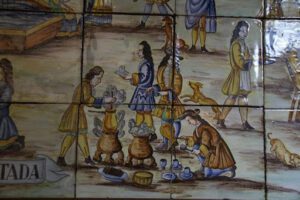
NORTH AMERICA WELCOMES CHOCOLATE
It is said that in the 1700s an Irish immigrant, John Hannon, had acquired cacao beans from international trade and began to process chocolate in Massachusetts, the production would end up being the Baker’s Chocolate factory.
The pastry chef Milton Snavely Hershey, during his visit to the World’s Columbian Exposition in Chicago in 1893, bought special machinery to make chocolate with the prediction that the chocolate market will be important in the 20th century. The newly created company is called Hershey’s. After modifications and improvements in the machinery and the recipe, the famous Hershey bar was introduced in 1900, and in 1907 the popular Hershey Kisses. Chocolate was provided as rations to soldiers during World War II and during the Revolutionary War.

BEYOND THE FLAVOURS OF CACAO
Cacao is the fermented and dried seed of the Theobroma cacao tree, from which cacao seeds and cacao butter are extracted. Grains are the basis of chocolate, as well as different Mesoamerican foods such as mole sauce, or a beverage called tejate that can cure certain diseases, stimulate appetite, increase physical resistance, and reduce fatigue.
Research shows that raw cacao powder contains more than 300 different chemical compounds and almost four times the antioxidant power of average dark chocolate, it also contains protein, calcium, carotene, thiamine, riboflavin, magnesium, and sulfur. Other benefits are the complimentary ones, which directly affect the brain, providing substances as important as anandamide, endorphins, phenylethylamine, and serotonin, related to the happiness, well-being, and good humor of the human being.
The main cacao-producing countries are Côte d’Ivoire, Ghana, Indonesia, Nigeria, Brazil, Cameroon, Ecuador, and Malaysia. Mexico ranks eleventh on the list.
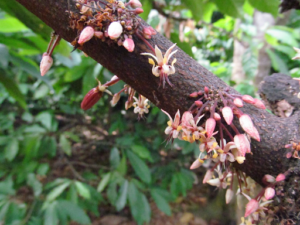
The cacao trees produce beautiful tiny flowers where the pods grow, once the pods grow they are then split open so the beans are removed, sun-dried, then roasted. After being extracted from the shells they’re ground up, producing a bitter chocolate paste.
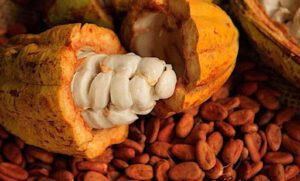
CHOCOLATE EVERYWHERE
SWITZERLAND
It has positioned itself as the country that has the best chocolates in the world, both for its high quality, high cocoa concentration, and exquisite flavor with internationally famous chocolate brands like Lindt, Toblerone, Swiss Army, Nestlé Cailler, and Glando.
BELGIUM
Despite not being a country that cultivates cacao, which is the main ingredient for chocolate, Belgium is one of the most important producers in the world, as it has approximately 2000 stores that sell this delicious sweet. The brands that you should not forget to look for when you travel there are Neuhaus, Corné, Galler, Godiva, and Leonidas.
ITALY
One of the largest chocolate producers in the world. If you are about to visit Italy, do not forget to visit the Pisa region, also known as the “cocoa valley”, because there are the most important production companies in the European country such as Amedei, Venchi, Perugina Sutti, and Ferrero Rocher.
ECUADOR
This Latin American country has managed to position itself within the group of the five countries with the highest cocoa production. As if that wasn’t enough, it has also been considered the nation that owns the best chocolate in the world, thanks to a bar of semi-sweet organic chocolate without milk, flavored with an Andean calming herb called Luisa.
MEXICO… of course!
One of the countries with the highest production of cacao and chocolate, an important gastronomy ingredient, where it’s always been a traditional drink. If you are a chocolatier at heart, artisanal Mexican chocolate is the way to go. More than naming brands there are four particular states where the best Mexican chocolate is produced: Tabasco, Chiapas, Guerrero, and Oaxaca, which are all obviously close from each other. It kinda calls for a chocolate road trip, who’s down?

DELICIOUS TYPES OF CHOCOLATE
UNSWEETENED CHOCOLATE
Also known as baking chocolate contains 100% cacao and 0% sugar. It’s held together by cocoa butter. Most people find unsweetened chocolate too bitter to eat as is, but it is often used in baking.
CACAO POWDER
Contains 100% cacao and 0% sugar but is missing the cacao butter to keep it together. Cacao powder is only used in baking and should not be confused with “hot chocolate mix”… unless you enjoy really bitter beverages.
DARK CHOCOLATE
Is chocolate that contains over 70% cacao. Not all 70% chocolates will have the same flavors or bitterness since the place of origin of the cacao bean can radically alter the flavor, even though all might contain the same amount of cacao to sugar ratio.
BITTERSWEET CHOCOLATE
Is chocolate that contains around 70% cacao and 30% sugar. Nowadays this chocolate is more often used in baking than the traditional unsweetened chocolate. In Europe, bittersweet chocolate is simply known as dark chocolate.
SEMI-SWEET CHOCOLATE
Contains around 60% cacao and 40% sugar. This great all-purpose chocolate can be eaten, used in baking, or even melted for decorating pastries.
MILK CHOCOLATE
Is chocolate that contains only 10 – 40% cacao mixed with sugar and milk solids. Occasionally vanilla is added for extra flavor and lecithin for smoothness.
WHITE CHOCOLATE
Contains no cacao grains at all and is simply made up of cacao butter and sugar and occasionally a little vanilla for flavor. Chocolate purists don’t consider white chocolate to even be chocolate.
RUBY CHOCOLATE
Ruby chocolate is the newest variety around and was first formulated in China in September 2017. It is made from ruby cacao beans naturally found in Ecuador and Brazil, which give the chocolate its rosy hue. It is said to taste like a combination of white chocolate and berries, even though there aren’t any berries in the recipe.
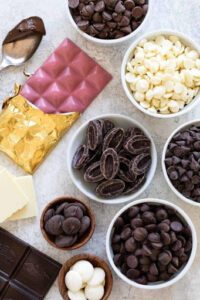
If by chance you are in the Riviera Maya, and you crave something chocolatey and if you want to show off the Willy Wonka inside you, do not hesitate to take a look at the Ah Cacao stores, where you will find all kinds of chocolate, articles made from cacao like shampoo, massage oil and much more!
-Your chocolatier, Abbey.
